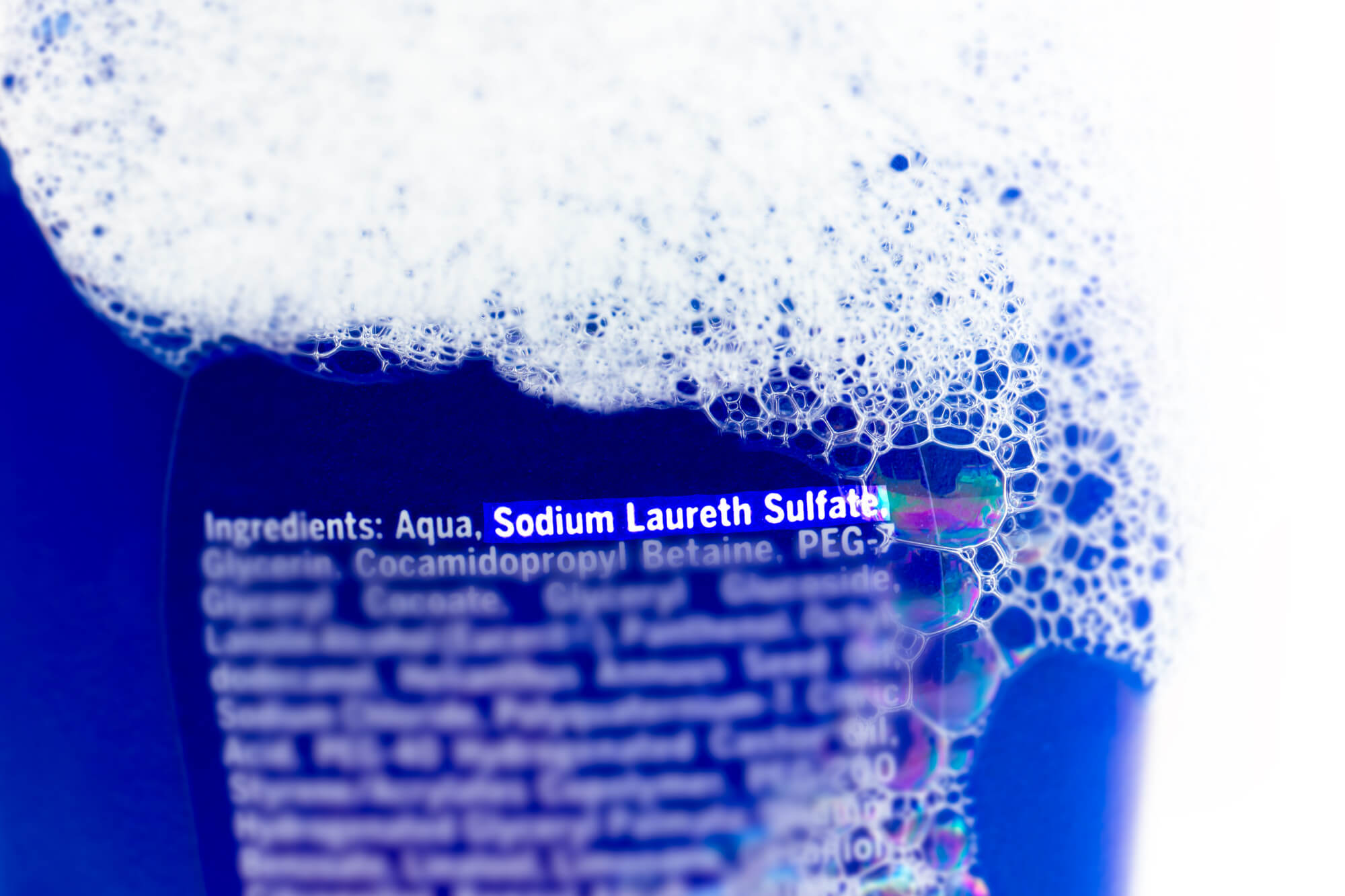An in-depth look at sulfates, their presence in cosmetics and potential health and environmental risks

This blog is about sulfates
Sulfates are chemicals commonly found in various cosmetic products, such as shampoos, shower gels and cleansers. These ingredients are often used for their cleansing properties and foaming ability. In this journal, we examine sulfates in cosmetics, their function, and growing concerns about the potential health and environmental hazards they pose.
Well-known sulfates
Sulfates, or sodium laureth sulfate (SLS) and sodium laureth sulfate (SLES), are detergents added to cosmetic products to help remove dirt, sebum and oils from the skin and hair. They are known for their foaming properties, which many associate with thorough cleansing.
The function of sulfates in cosmetics
Sulfates are effective cleansers because of their ability to remove oil and dirt. They create a rich lather that dirt can be easily rinsed away, leaving skin and hair feeling clean. This makes sulfates common ingredients in everyday personal care products.
The dangers of sulfates in cosmetics
Although sulfates are effective cleansers, growing concerns have been raised about their potential dangers:
- skin irritation: Sulfates can dry out the skin and cause irritation, especially in people with sensitive skin.This can lead to itching, redness and flaking.
- Eye irritation: When in contact with the eyes, sulfates can cause severe irritation and watering of the eyes, especially when present in high concentrations.
- Hair dehydration: The use of sulfates in shampoos can lead to hair dehydration and reduced shine. This can be problematic for people with dry or damaged hair.
- Environmental risks: Sulfates can be difficult to break down in the environment and contribute to water pollution. When they enter waterways, they can have harmful effects on aquatic ecosystems.
Alternatives and conscious choices
To avoid the potential dangers of sulfates, more and more consumers are opting for sulfate-free cosmetic products. These products contain milder cleansers and are often better suited for people with sensitive skin or hair.It is important to read the ingredient list of products and make conscious choices based on individual needs and preferences.
This blog highlights the complexity of sulfates in cosmetics, their function, and the potential risks to health and the environment. Consumers are encouraged to be well informed and make conscious choices in selecting cosmetic products that best suit their needs and values. The discussion of sulfates in cosmetics is expected to continue to evolve as more research is conducted on their long-term effects.